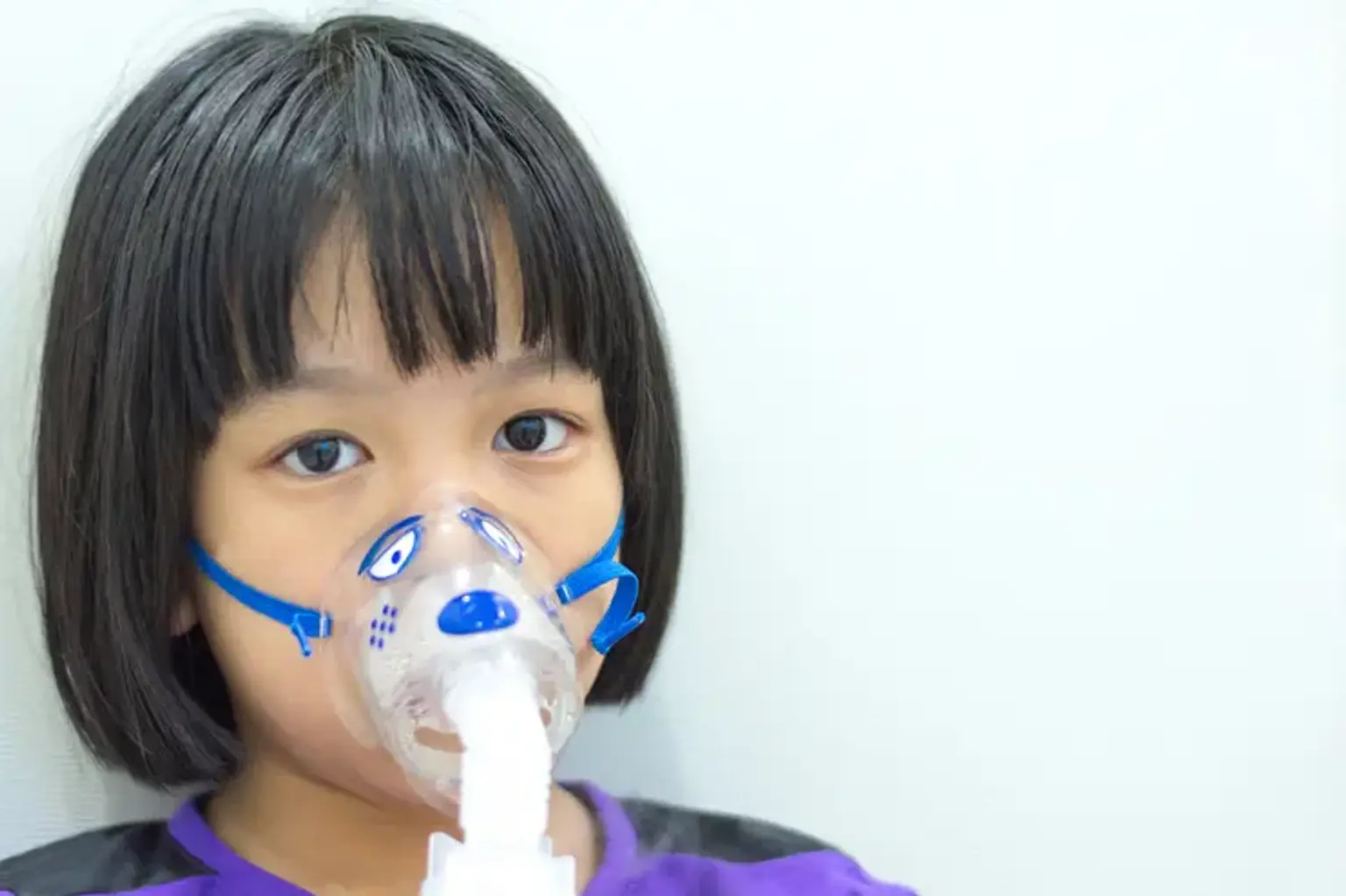Pediatric Lung Diseases
Overview
Because the human respiratory tract is accessible to the outside world, allowing air in and carbon dioxide out, it is an easy entrance route for viruses that can cause sickness. Diseases affecting the respiratory system - the nose, throat, and lungs - are quite prevalent, particularly in youngsters who have not yet developed immunity to common viruses and bacteria that can cause such issues.
These six common childhood respiratory diseases may impact your child at some point:
